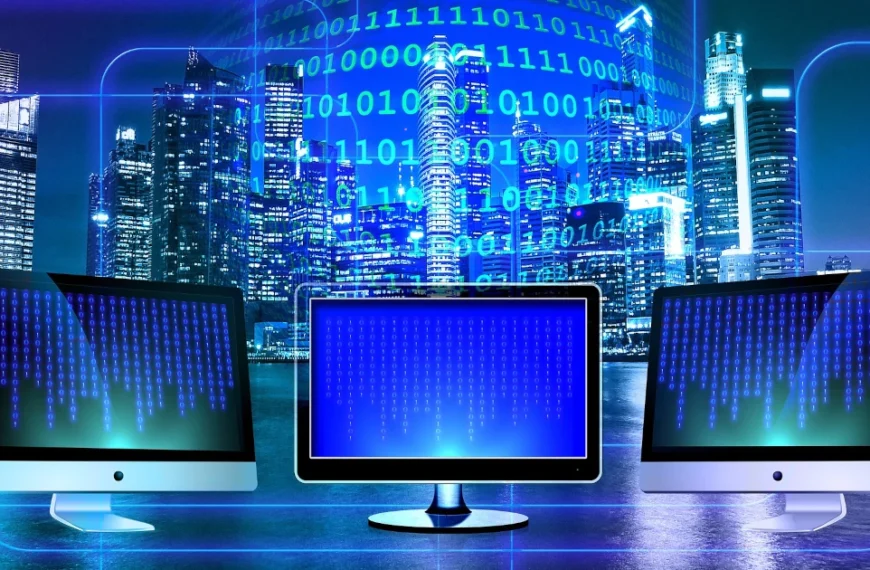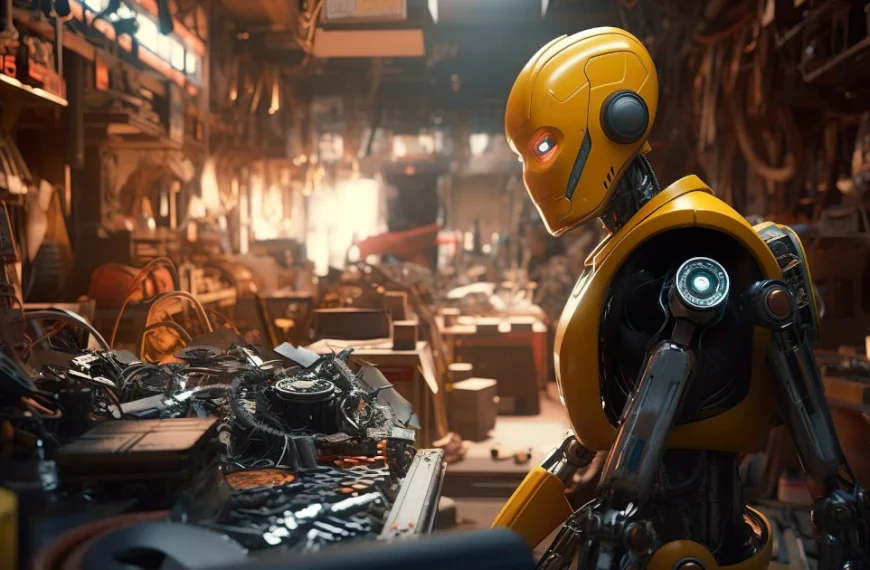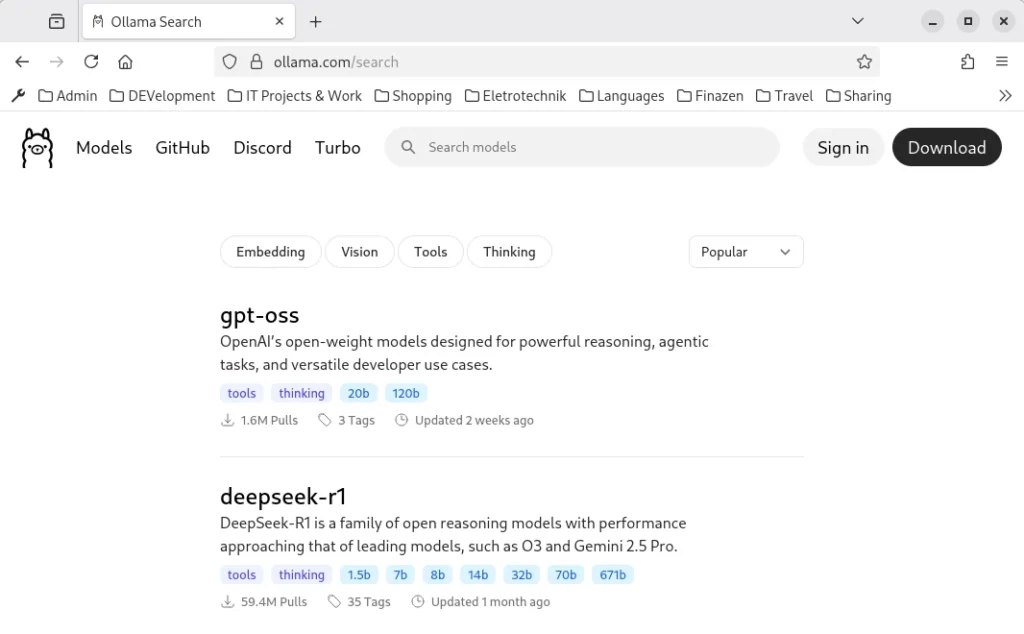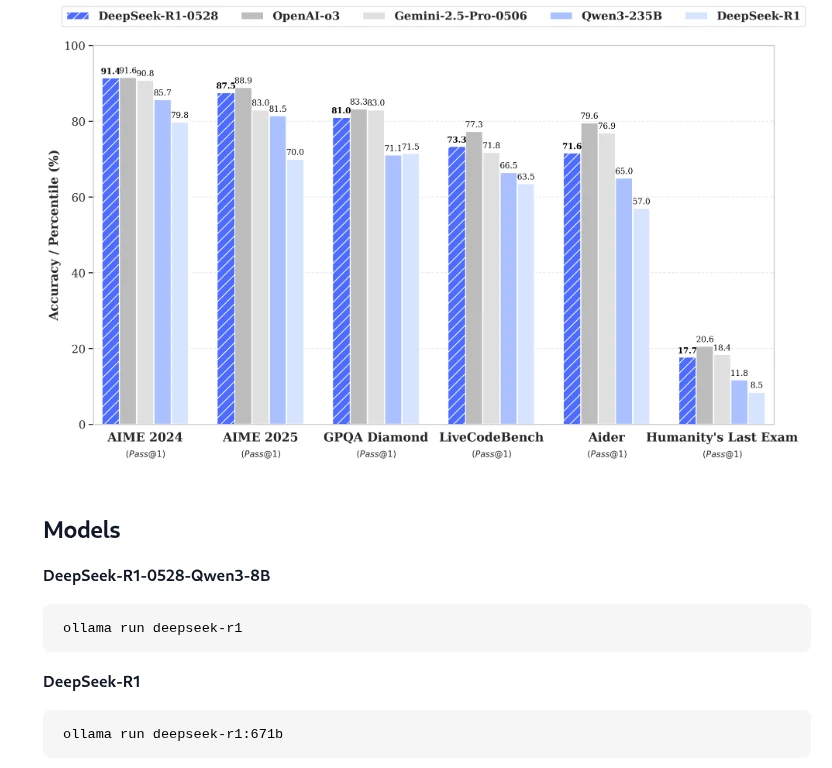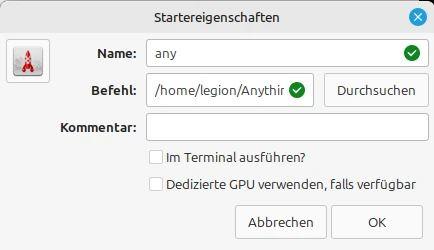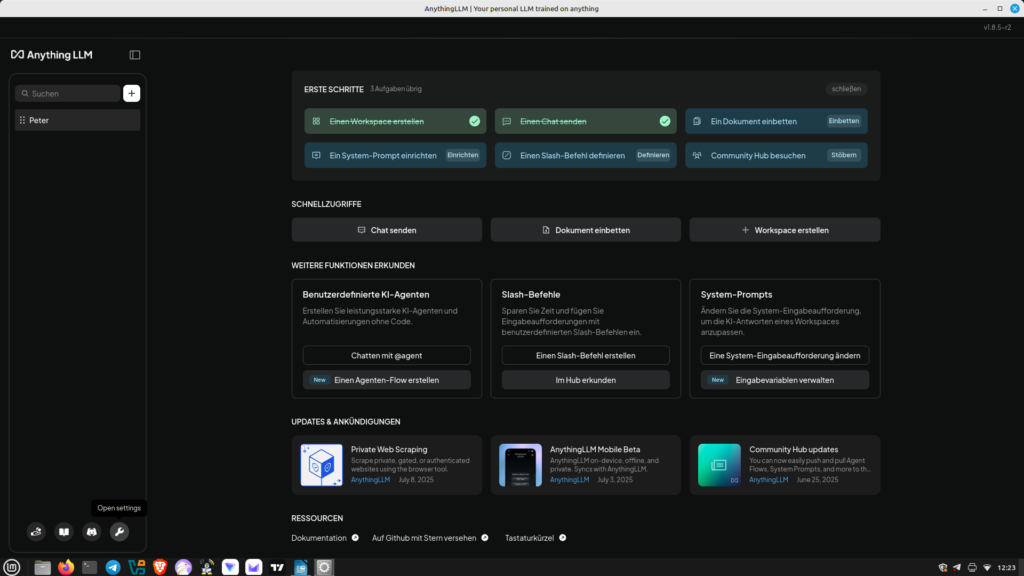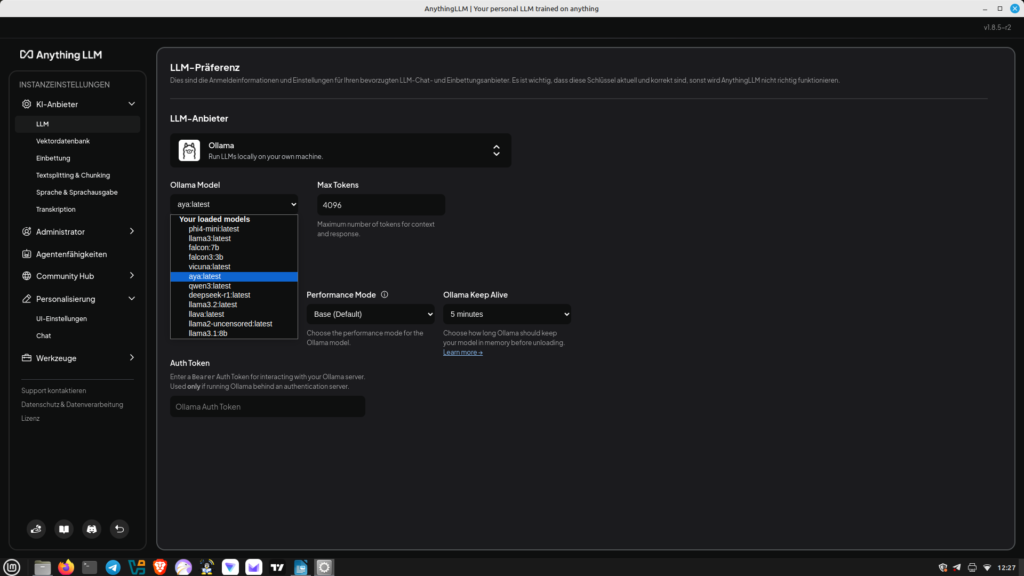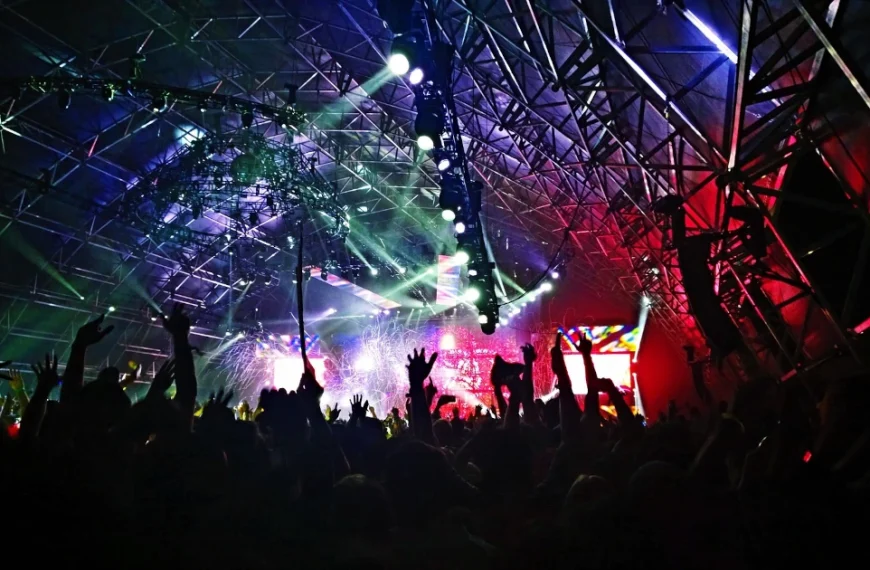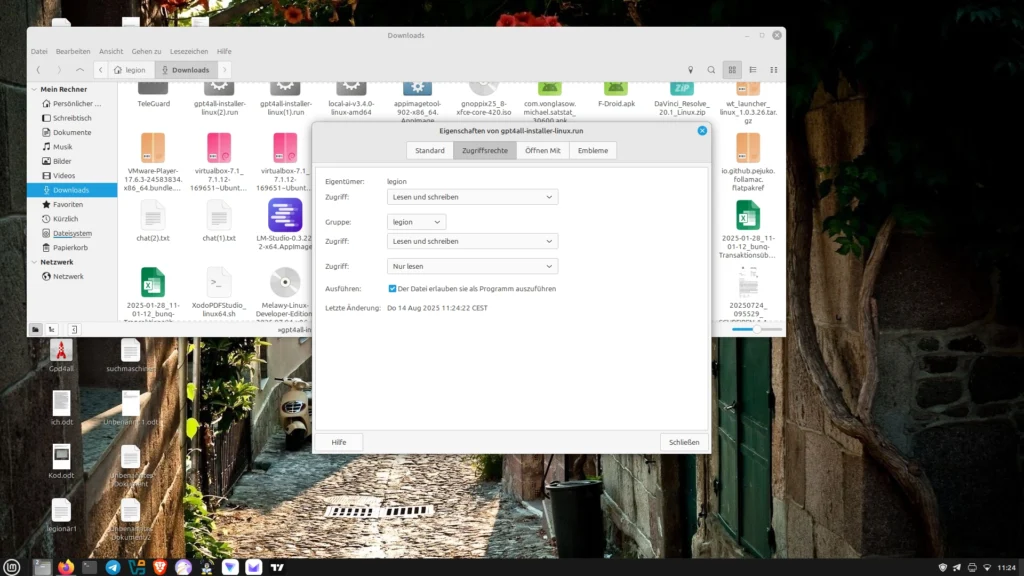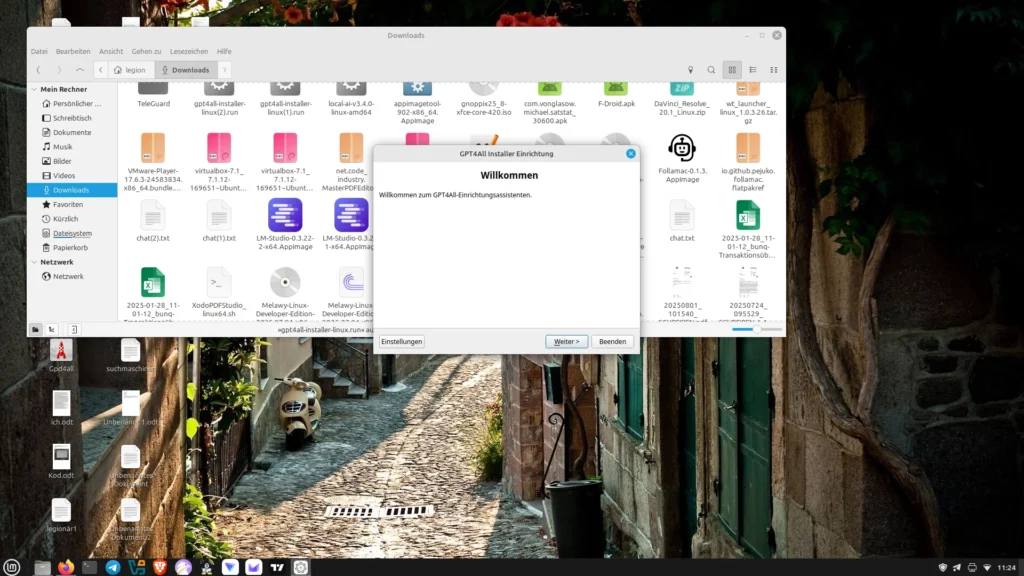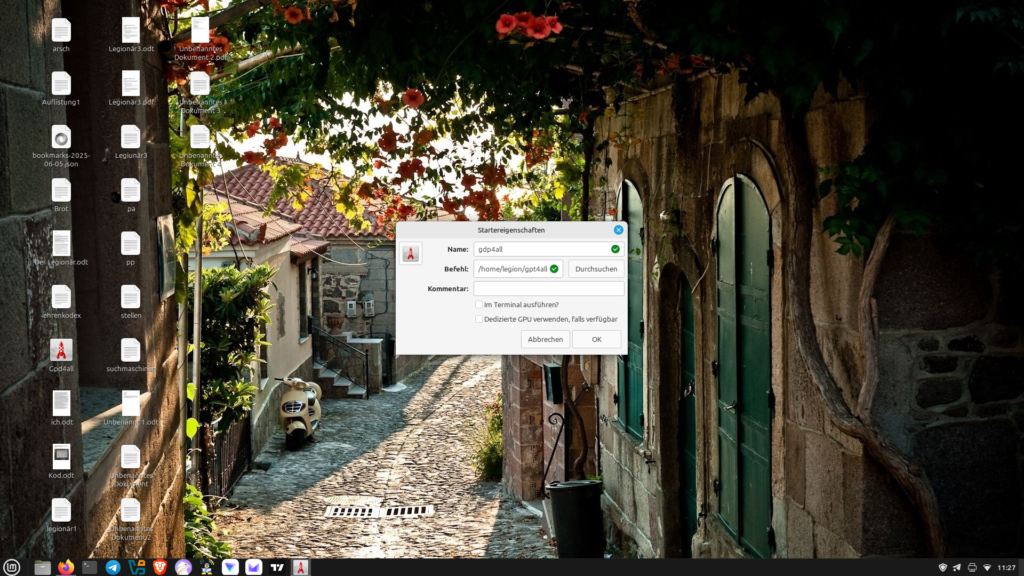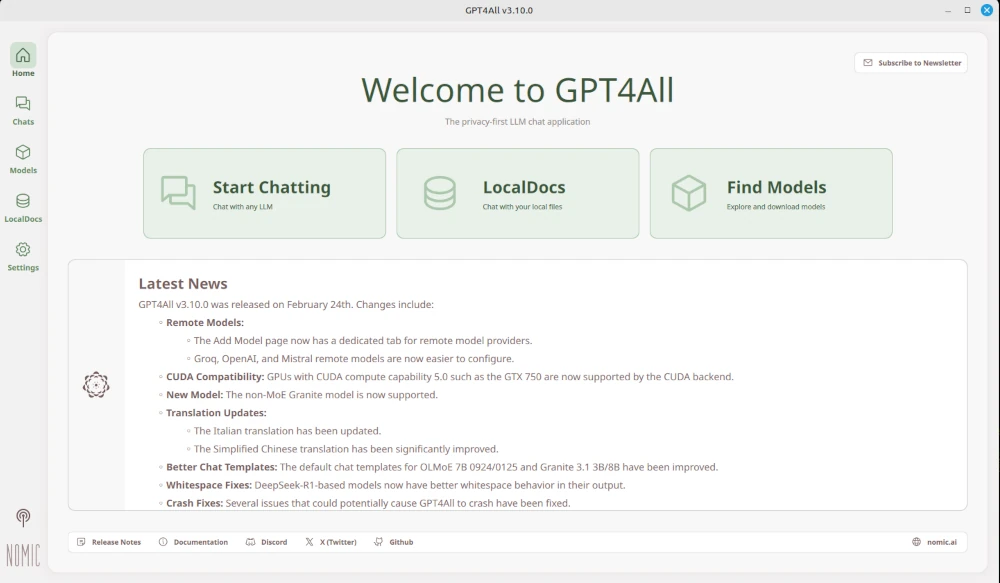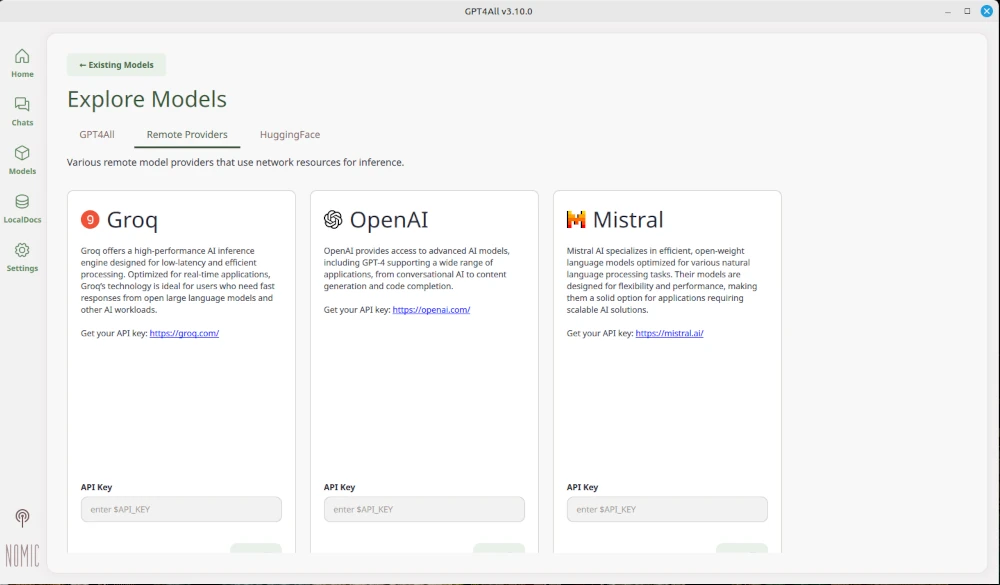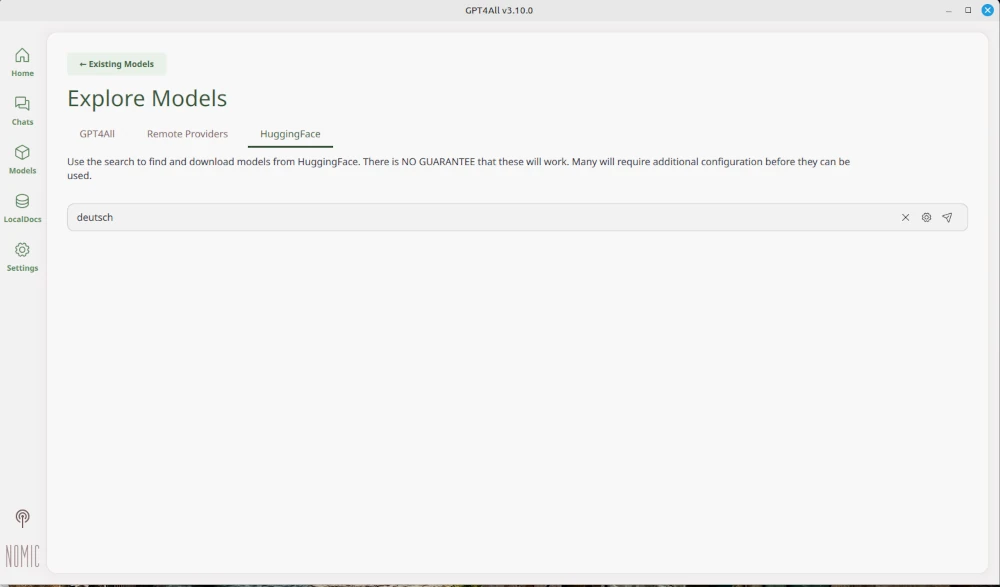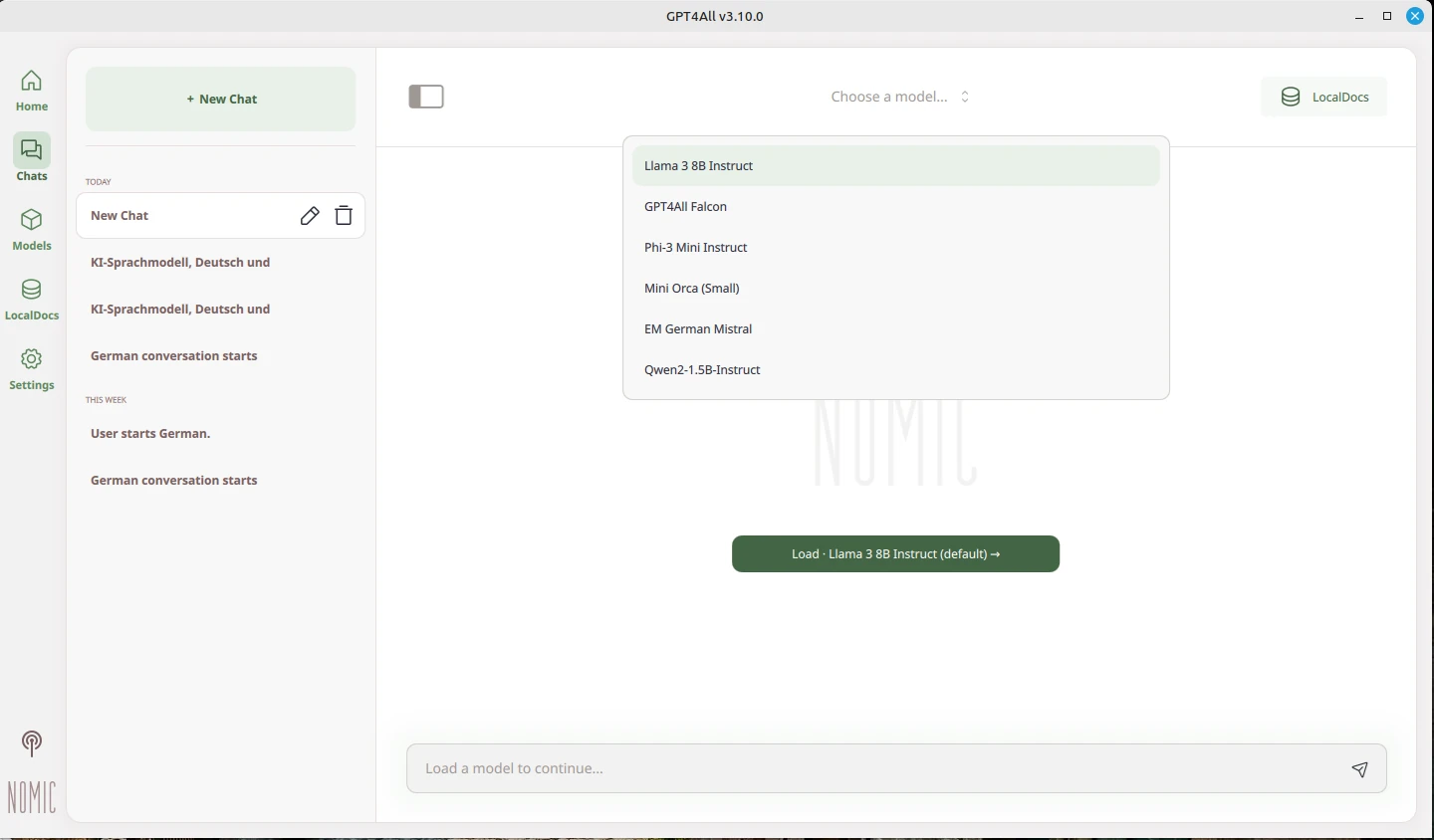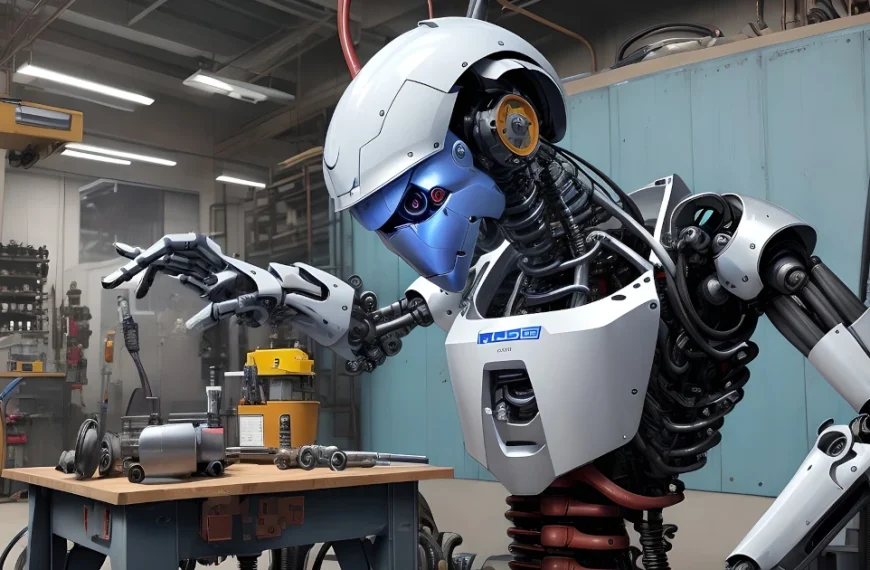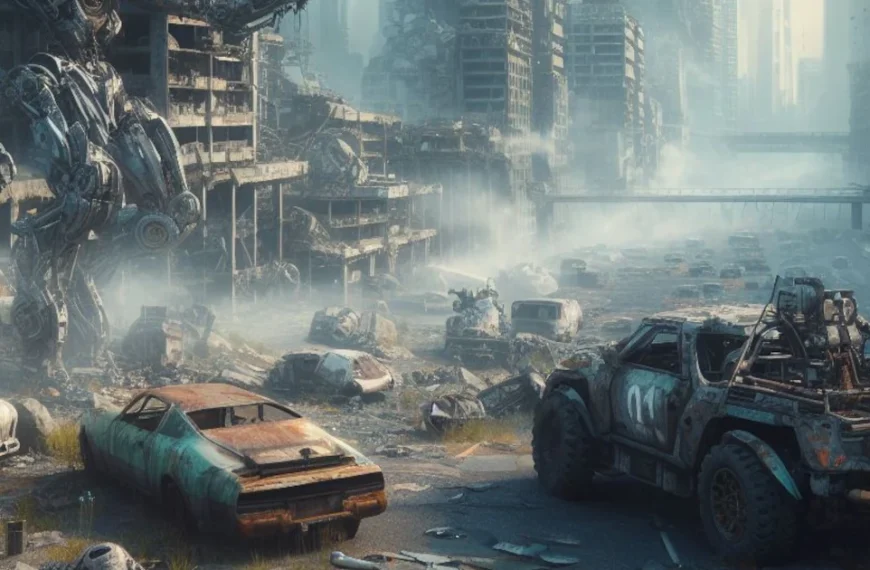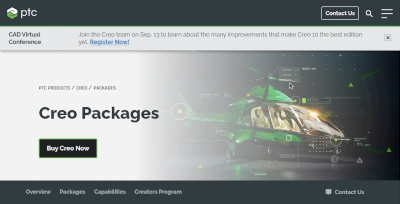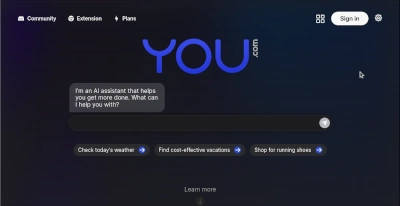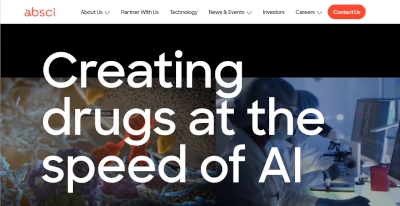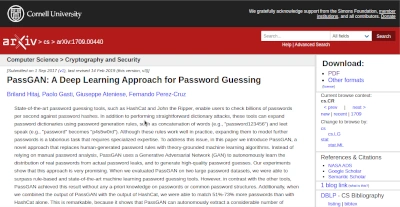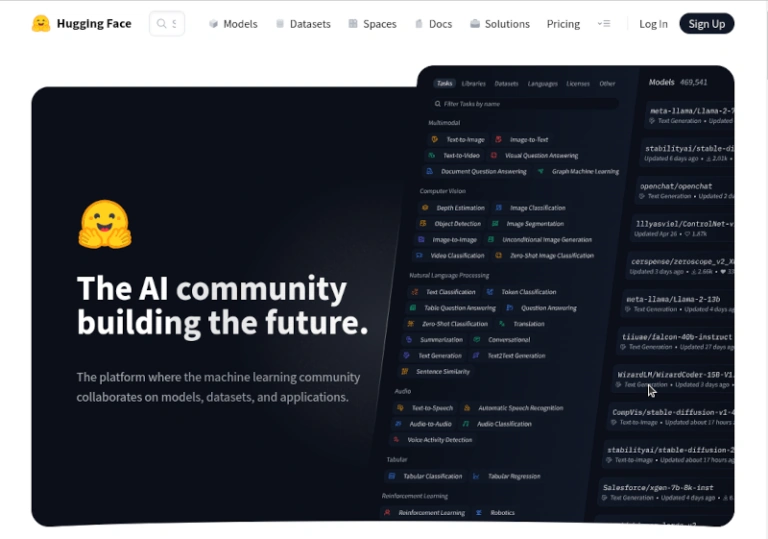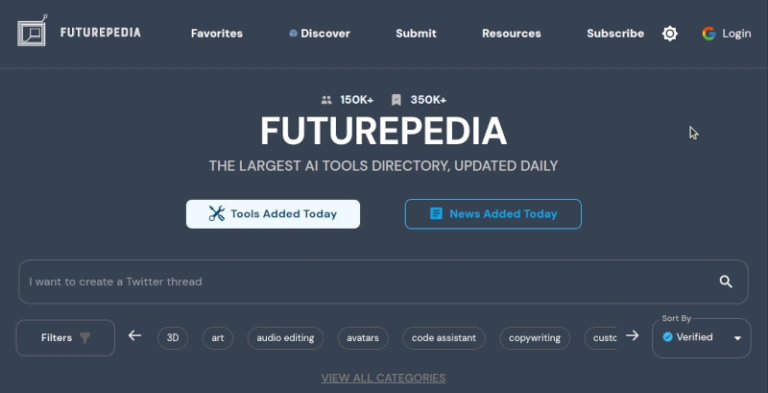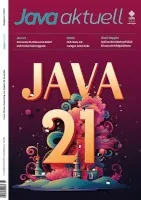The hype surrounding artificial intelligence has been going on for several years. Currently, companies like OpenAI are causing quite a stir with freely accessible neural networks like ChatGPT. Users are fascinated by the possibilities and some intellectual figures of our time are warning humanity about artificial intelligence. So what is it about the specter of AI? In this article, I explore this question and you are invited to join me on this journey. Let’s go and follow me into the future.
In the spring of 2023, reports about the performance capabilities of artificial neural networks overflowed. This trend is continuing and, in my opinion, will not abate any time soon. In the midst of the emerging gold rush mood, however, there are also isolated bad news doing the rounds. For example, Microsoft announced a massive investment in artificial intelligence on a grand scale. This announcement was underlined in the spring of 2023 with the dismissal of just under 1000 employees and gave rise to familiar fears of industrialization and automation. Things were less spectacular at Digital Ocean, which laid off its entire content creation and documentation team. Quickly, some people rightly asked whether AI would now make professions like programmers, translators, journalists, editors and so on obsolete? For now, I would like to answer this question with a no. In the medium term, however, changes will occur, as history has already taught us. Something old passes away while new things come into being. So follow me on a little historical excursion.
To do this, we first look at the various stages of industrialization, which originated in England in the second half of the 18th century. Already the meaning of the original Latin term Industria, which can be translated with diligence, is extremely interesting. Which leads us to Norbert Wiener and his 1960 book ern God and Golem Inc [1]. He publicly pondered whether people who create machines that in turn can create machines are gods. Something I do not want to subscribe from my feeling. But let’s come back to industrialization for the time being.
The introduction of the steam engine and the use of location-independent energy sources such as coal enabled precise mass production. With cheaper automation of production by machines, manual home workplaces were displaced. In exchange, cheaper products were now available in stores. But there were also significant changes in transportation. The railroad allowed for faster, more comfortable and cheaper travel. This catapulted mankind into a globalized world. Because goods could now also travel long distances in a short time without any problems. Today, when we look back at the discussions that took place when the railroad began its triumphal march, we can only smile. After all, some intellectuals of the time argued that speeds in a train of more than 30 kilometers per hour would literally crush the human occupants. A fear that fortunately turned out to be unfounded.
While people in the first industrial revolution could no longer earn an income from working at home, they found an alternative to continue earning a living by working in a factory.
The second industrial revolution is characterized by electrification, which further increased the degree of automation. Machines became less cumbersome and more precise. But new inventions also entered daily life. Fax, telephone and radio spread information at a rapid pace. This brought us into the Information Age and accelerated not only our communication, but also our lives. We created a society that is primarily characterized by the saying “time is money”.
The third industrial revolution blessed mankind with a universal machine, which determined its functionality by the programs (software) running on it. Nowadays, computers support us in a wide range of activities. Modern cash register systems do much more than just spit out the total amount of the purchase made. They log money and flow of goods and allow evaluations for optimization with the collected data. This is a new quality of automation that we have achieved in the last 200 years. With the widespread availability of artificial neural networks, we are now on our way out of this phase, which is why we are currently in the transformation to the fourth industrial revolution. How else do we as humans intend to cope with the constantly growing flood of information?
Even though Industry 4.0 focuses on the networking of machines, this is not a real revolution. The Internet is only a consequence of the previous development to enable communication between machines. We can compare this with the replacement of the steam engine by electric motors. The real innovation was in electric machines that changed our communication. This is now happening in our time through the broad field of artificial intelligence.
In the near future, we will no longer use computers the way we have been doing. That’s because today’s computers owe their existence to the previously limited communication between humans and machines. The keyboard and mouse are actually clumsy input devices. They are slow and prone to error. Voice and gesture control via microphone and camera will replace mouse and keyboard. We will talk to our computers the way we talk to other people. This also means that today’s computer programs will become obsolete. We will no longer have to fill out tedious input masks in graphical user interfaces in order to reach our goal. Gone are the days where I type my articles. I will type them in and my computer will visually display them for me to proofread. Presumably, the profession of speech therapist will then experience a significant upswing.
There will certainly also be enough outcries from people who fear the disintegration of human communication. This fear is not at all unfounded. Let’s just look at the development of the German language in the period since the turn of the millennium. This was marked by the emergence of various text messaging services and the optimization of messages by using as many abbreviations as possible. This in turn only created question marks on the foreheads of parents when it came to deciphering the content of their children’s messages. Even though the current trend is away from text messages to audio messages, it does not mean that our language will not continue to change. I myself have observed for years that many people are no longer able to express themselves correctly in writing or to extract content from written texts. In the long run, this could lead to the unlearning of skills such as reading and writing. Thus also classical print articles such as books and magazines become obsolete. Finally, content can also be produced as video or podcast. Our intellectual abilities will degenerate in the long run.
Since the turn of the millennium, it has become easier and easier for many people to use computers. So first the good news. It will become much easier to use computers in the future because human-machine interaction is becoming more intuitive. In the meantime, we will see more and more major Internet portals shutting down their services because their business model is no longer viable. Here’s a quick example.
As a programmer, I often use the website StackOverflow to find help with problems. The information on this website about programming issues is now so extensive that you can quickly find suitable solutions to your own concerns by searching Google and the like, without having to formulate questions yourself. So far so good. But if you now integrate a neural network like ChatGPT into your programming environment to find the answer to all questions, the number of visitors for StackOverflow will continuously decrease. This in turn has an impact on advertising campaigns to be able to offer the service free of charge on the net. Initially, this will be compensated by the fact that operators of AI systems that access the data from StackOverflow will pay a flat fee for the use of the database. However, this will not stop the dwindling number of visitors. Which will lead to either a payment barrier preventing free use or the service being discontinued completely. There are many offers on the Internet that will encounter similar problems, which will ensure in the long term that the Internet as we know it has disappeared in the future.
Let’s imagine what a future search query for the search term ‘industrial revolution’ might look like. I ask my digital assistant: What do you know about industrial revolution? – Instead of searching through a seemingly endless list of thousands of entries for relevant results, I am read a short explanation with a personalized address that matches my age and level of education. Which immediately raises the question of who is judging my level of education and how?
This is a further downgrading of our abilities. Even if it is perceived as very comfortable in the first moment. If we no longer have the need to focus our attention on one specific thing over a long period of time, it will certainly be difficult for us to think up new things in the future. Our creativity will be reduced to an absolute minimum.
It will also change the way data is stored in the future. Complicated structures that are optimized and stored in databases will be the exception rather than the rule. Rather, I expect independent chunks of data that are concatenated like lists. Let’s look at this together to get a good idea of what I mean.
As a starting point, let’s take Aldous Huxley’s book ‘Brave New World’ from 1932. In addition to the title, the author and the year of publication, we can add English as the language to the meta information. This is then followed by the entire contents of the book including preface and epilogue as plain ASCII text. Generic or changeable things like table of contents or copyright are not included at this stage. With such a chunk, we have defined an atomic datum that can be uniquely identified by a hash value. Since Huxley’s Brave New World was originally written in English, this datum is also an immutable source for all data derived and generated from it.
If the work of Huxley is now translated into German or Spanish, it is the first derivation with the reference to the original. It can happen that books have been translated by different translators in different epochs. This results in a different reference hash for the German translation by Herbert E. Herlitschka from 1933 with the title ‘Brave New World’ than for the translation by Eva Walch published in 1978 with the same title ‘Brave New World’.
If audio books are now produced from the various texts, these audio books are the second derivative of the original text, since they represent an abridged version. A text is also created as an independent version before the recording. The audio track created from the abridged original text has the director as its author and refers to the speaker(s). As in theater, a text can be interpreted and staged by different people. Film adaptations can be treated in the same way.
Books, audio books and films in turn have graphics for the cover. These graphics again represent independent works, which are referenced with the corresponding version of the original.
Quotations from books can also be linked in this way. Similarly, critiques, interpretations, reviews and all kinds of other variations of content that refer to an original.
However, such data blocks are not only limited to books, but can also be applied to music scores, lyrics, etc. The decisive factor is that one can start from the original as far as possible. The resulting files are optimized exclusively for software programs, since they do not contain any formatting that is visible to the human eye. Finally, the corresponding hash value about the content of the file is sufficient as file name.
This is where the vision of the future begins. As authors of our work, we can now use artificial intelligence to automatically create translations, illustrations, audio books and animations even from a book. At this point, I would like to briefly refer to the neural network DeepL [2], which already delivers impressive translations and even improves the original text if handled skillfully. Does DeepL now put translators and editors out of work? I mean no! Because also like us humans, artificial intelligences are not infallible. They also make mistakes. That’s why I think that the price for these jobs will drop dramatically in the future, because these people can now do many times more work than before, thanks to their knowledge and excellent tools. This makes the individual service considerably cheaper, but because more individual services are possible through automation in the same period of time, this compensates for the price reduction for the provider.
If we now look at the new possibilities that are open to us, it doesn’t seem to be so problematic for us. So what are people like Elon Musk trying to warn us about?
If we now assume that the entire human knowledge will be digitized by the fourth industrial revolution and that all new knowledge will only be created in digital form, computer algorithms will be free to use suitable computing power to change these chunks of knowledge in such a way that we humans will not notice. A scenario loosely based on Orwell’s Ministry of Truth from the novel 1984. If we unlearn our abilities out of convenience, we also have few possibilities of verification.
If you think this would not be a problem, I would like to refer you to the lecture “Trust no scan” by David Kriesel [3].What happened? In short, it was about the fact that a construction company noticed discrepancies in copies of their construction plans. This resulted in different copies of the same original, in which the numerical values were changed. A very fatal problem in a construction project for the executing trades. If the bricklayer gets different size data than the concrete formers. The error was finally traced back to the fact that Xerox used an AI as software in their scanners for the OCR and the subsequent compression, which could not reliably recognize the characters read in.
But also the quote from Ted Chiang “Think of ChatGPT as a blurry jpeg of all the text on the Web.” should make us think. Certainly, for people who only know AI as an application, the meaning is hard to understand what is meant by saying “ChatGPT is just a blurry jpeg of all the text on the web”. However, it is not as difficult to understand as it seems at the first moment. Due to their structure, neural networks are always only a snapshot. Because with every input the internal state of a neural network changes. It is the same as with us humans. After all, we are only the sum of our experiences. If in the future more and more texts created by an AI are placed on the web without being reflected, the AI will form its knowledge from its own derivations. The originals fade with the time there they by ever smaller references in weighting lose. If someone would flood the Internet with topics like flat earth and lizard people, programs like ChatGPT would inevitably react to it and let this flow into their texts. These texts could be published then either independently by the AI in the net automated or find their spreading by unreflective persons accordingly. We have thus created a spiral that can only be broken if people have not given up their ability to exercise judgment out of convenience.
So we see that the warnings for caution in dealing with AI are not unfounded. Even if I consider scenarios like in the movie WarGames from 1983 [4] as improbable, we should consider very well how far we want to go with the technology of AI. Not that it happens to us like the sorcerer’s apprentice and we have to find out that we cannot master it any more.
[English] This content is only available to subscribers.
[Deutsch] Diese Inhalte sind nur für Abonnenten verfügbar.
- N. Wiener, God & Golem Inc. 1964 , MIT Press, ISBN 9780262230094
- https://www.deepl.com/translator
- https://www.youtube.com/watch?v=7FeqF1-Z1g0
- https://www.imdb.com/title/tt0086567/
- https://www.inspirierendanders.com/alle-folgen-und-g%C3%A4ste-1/episode/314a474c/164-iaf-kunstliche-intelligenz-ki-und-unser-weg-zum-homodeus-wann-sind-wir-gott


